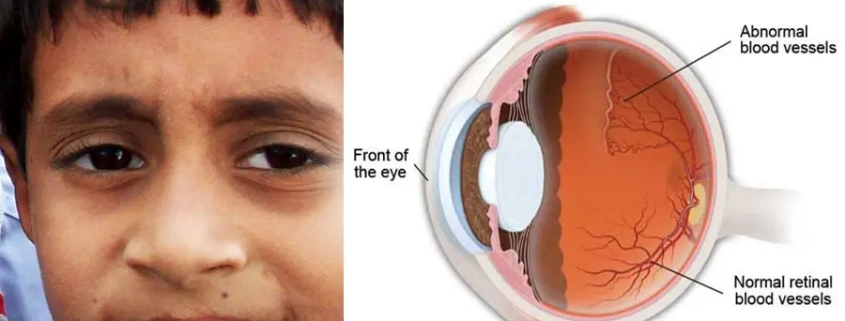Cornea trouble in the young
Nina was not happy about coming for an eye test. She was the last appointment on a busy Friday. Her mother had picked her up from school and brought her to my clinic without much delay. Her mother had called me two days prior and explained that she had already taken Nina to two other eye doctors in the last four months. The prescription given by them was quite different from her earlier one and Nina still could not see well despite wearing the most recent ones.
After I examined Nina, who had suffered from eye allergies since she was six, I was worried that she may need more tests to uncover what was going on. Nina’s mother recalled how every spring and summer her eye allergies would act up causing her to rub her eyes frequently. They would turn red and watery and there were days when she would not be able to open her eyes even in room light. The family had moved to our city as they had been adviced that moving to a more humid environment may help her.
I ordered a test that gives the map of the cornea and tells us about how thick or thin various portions of the cornea are. Nina’s test confirmed my suspicion that she had a condition called Keratoconus.
Keratoconus is a condition in which the cornea gradually becomes thin. It may be an inherited condition, or some patients may be at a higher risk of developing it. Children who have Down syndrome or an inherited condition called Leber congenital amaurosis are at a higher risk of developing this.
One of the major risk factors that lead to keratoconus is frequent eye rubbing. While eye allergies are a leading cause of keratoconus, any condition wherein the child or young adult frequently rubs the eyes puts them at risk for developing this serious condition. Dry eyes resulting in long screen times, excessive mobile phone or television, meibomian gland dysfunction-all these conditions are associated with eye rubbing.
Early symptoms and signs of keratoconus include frequent change in the eye power (refractive error), which may be myopia or astigmatism. Blurred vision despite wearing the correct power may also be a warning sign.
Early symptoms and signs of keratoconus include frequent change in the eye power (refractive error), which may be myopia or astigmatism. Blurred vision despite wearing the correct power may also be a warning sign.
Children who rub their eyes frequently need to be monitored closely for development of keratoconus. These children’s eye rubbing has to be addressed without delay and kept at a minimum to prevent development of keratoconus.
Nina’s allergies were well controlled but she needed treatment for the keratoconus. She is being seen by a cornea specialist.


